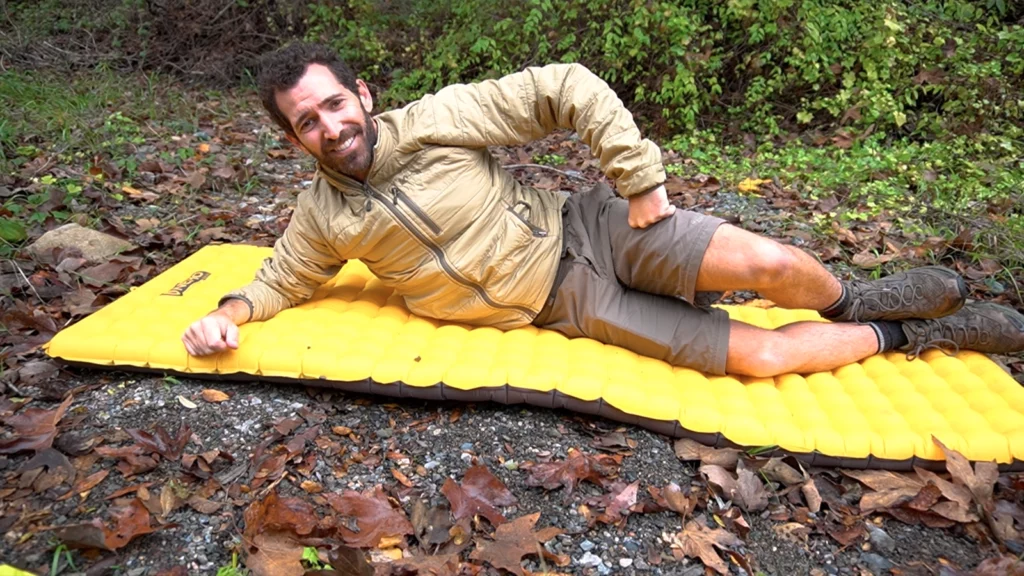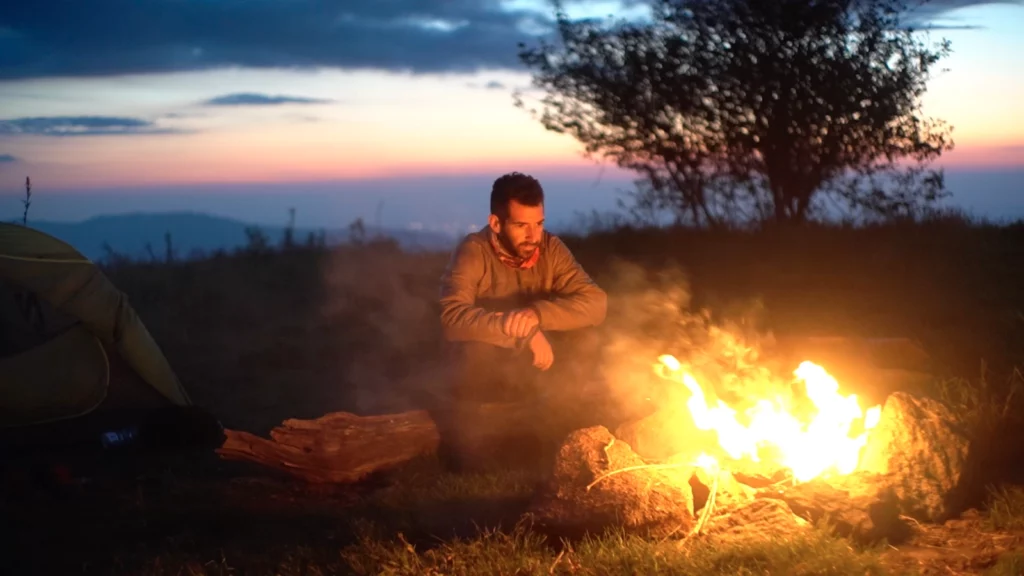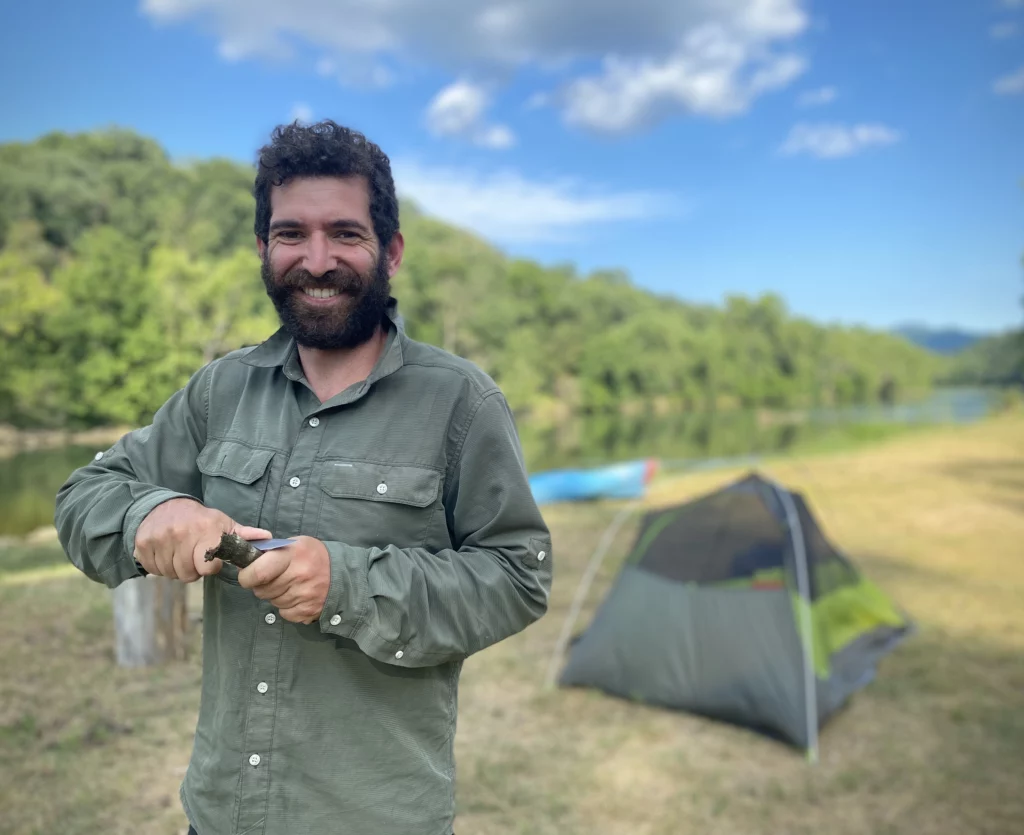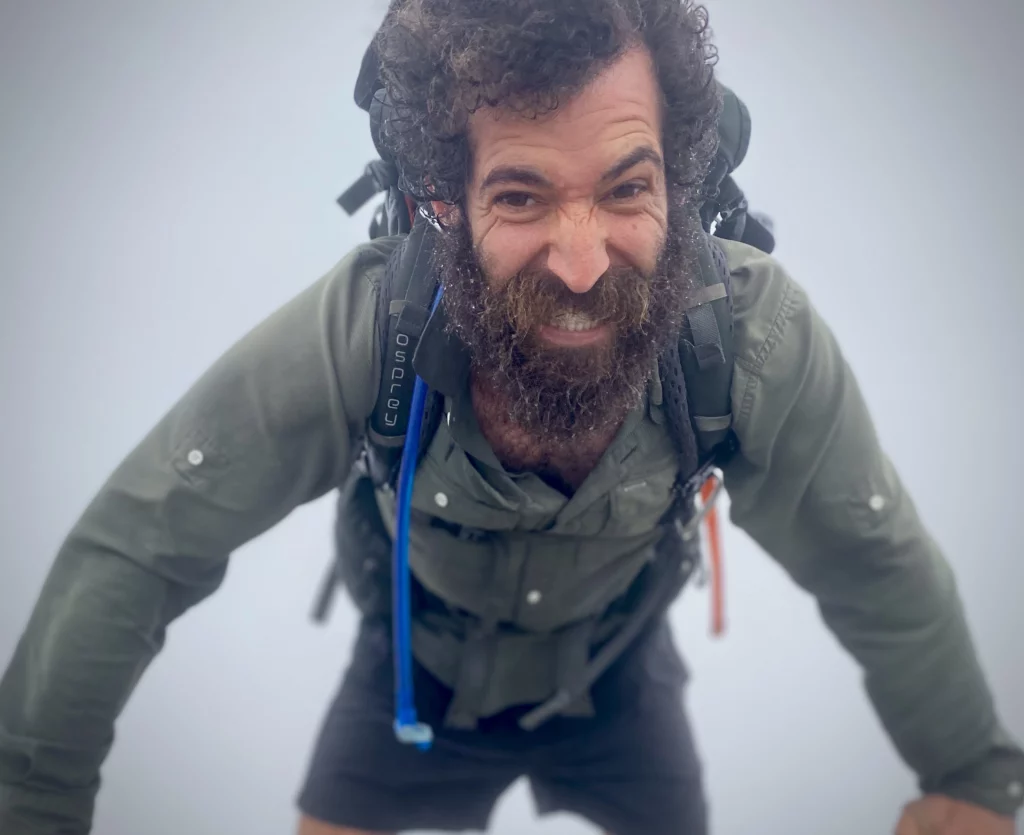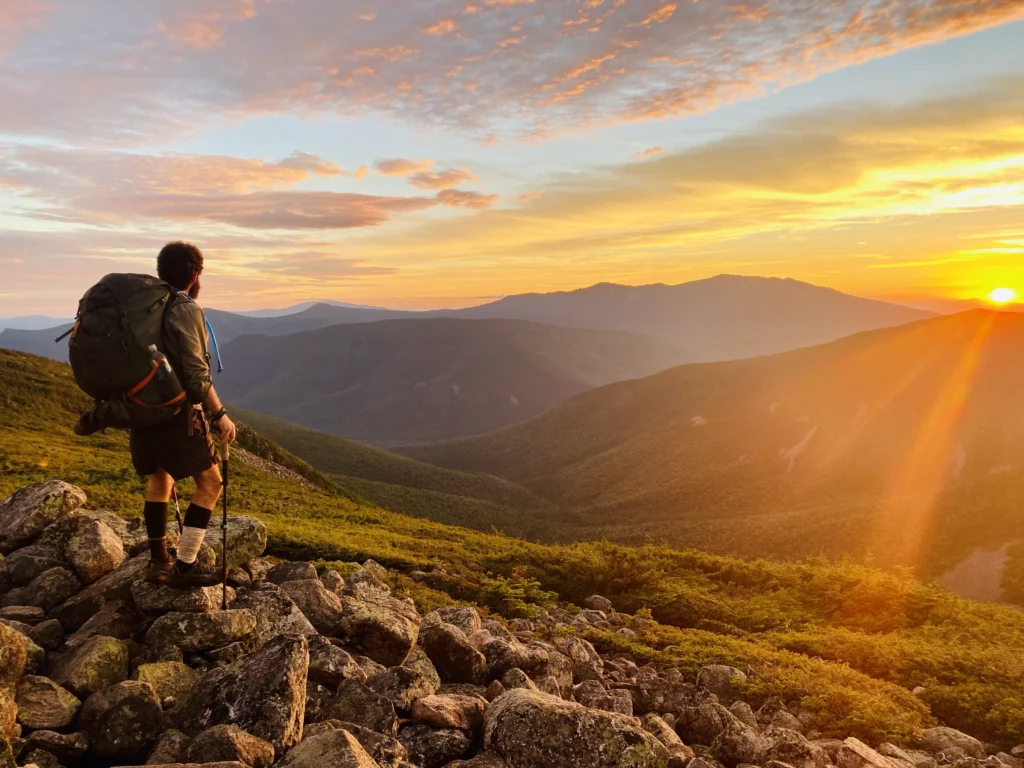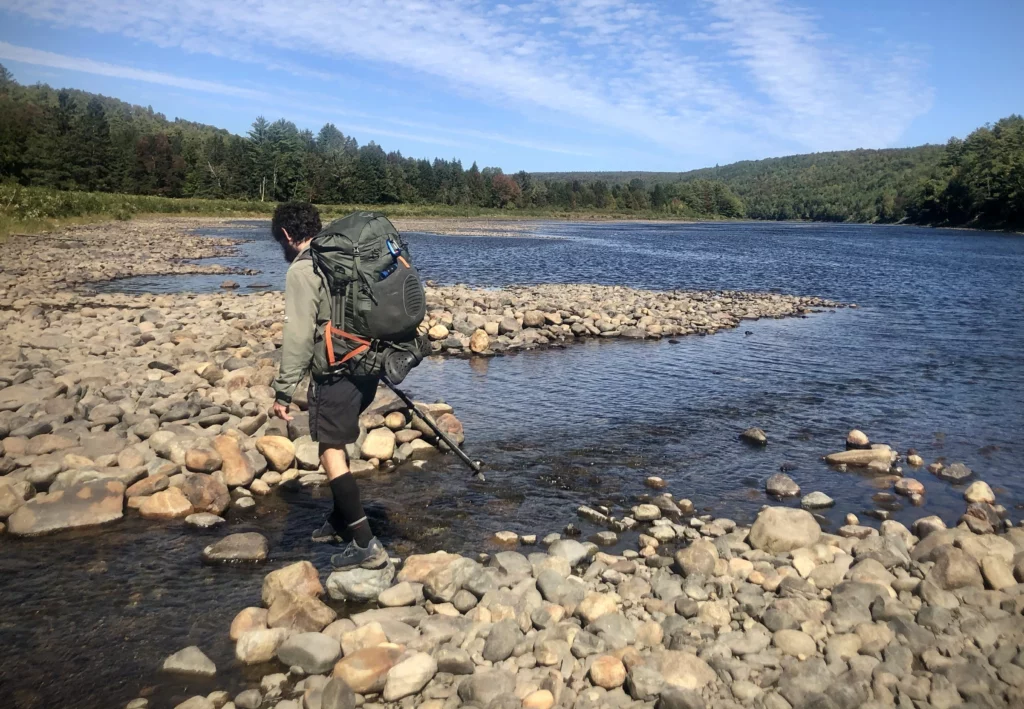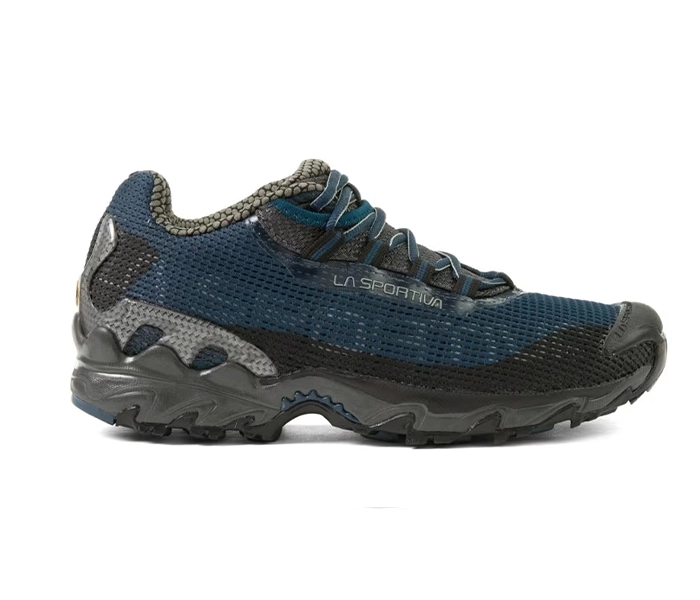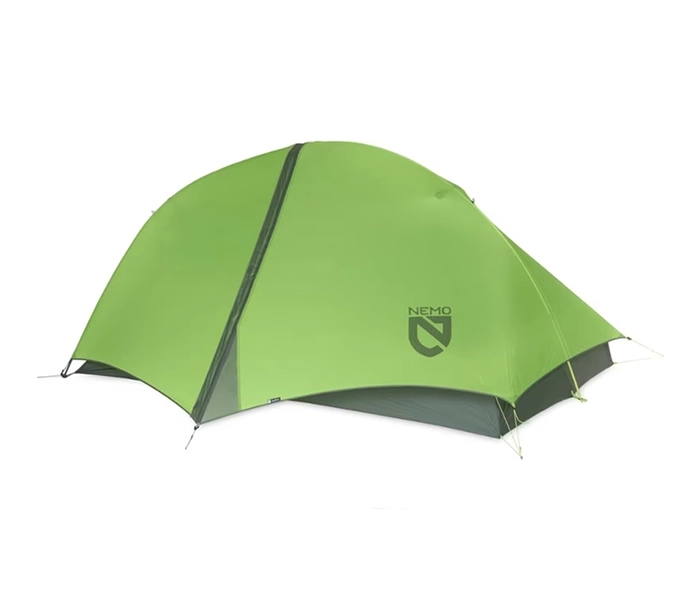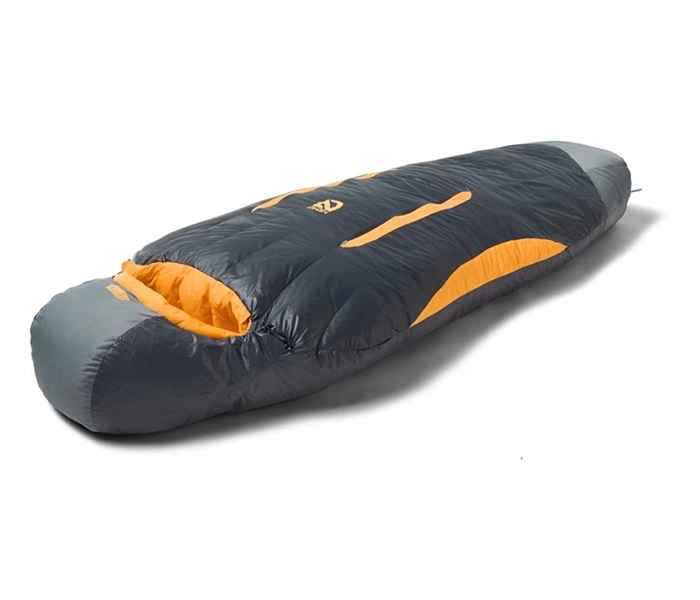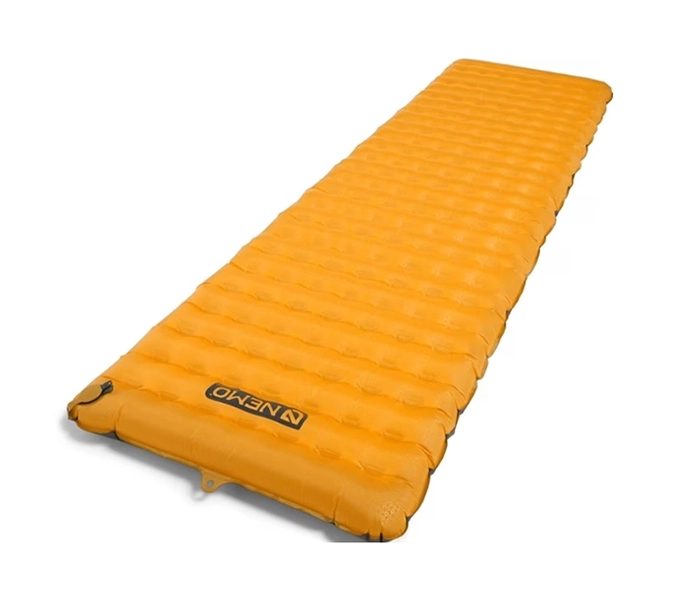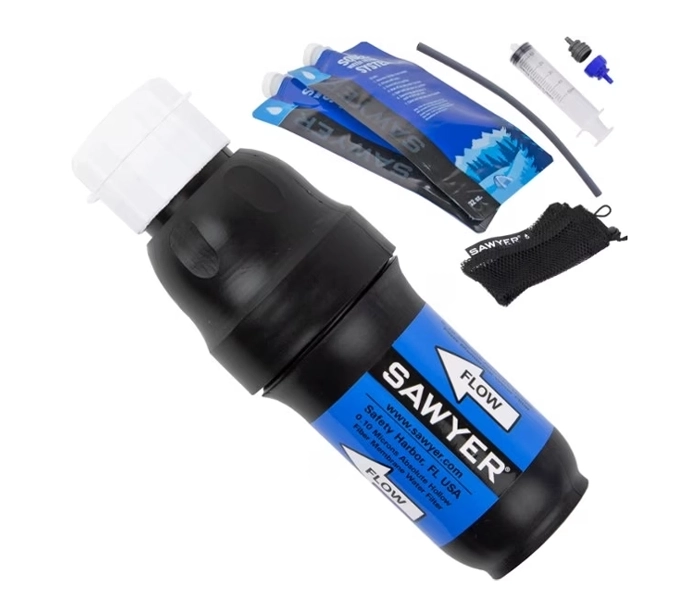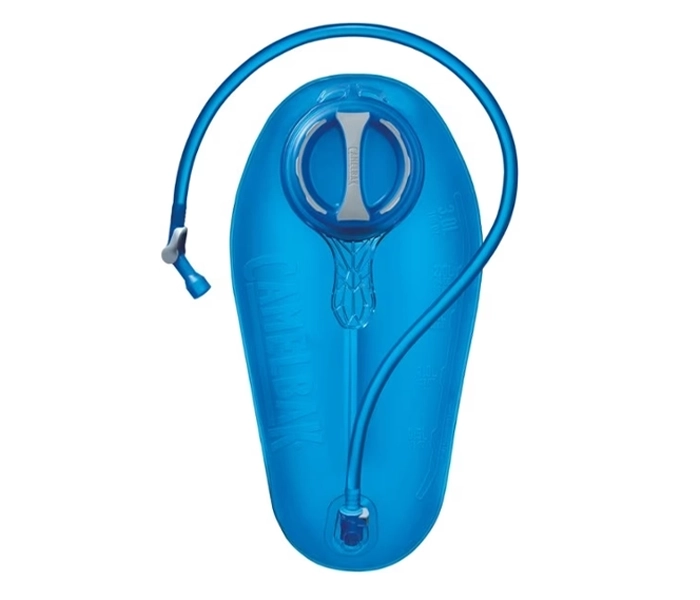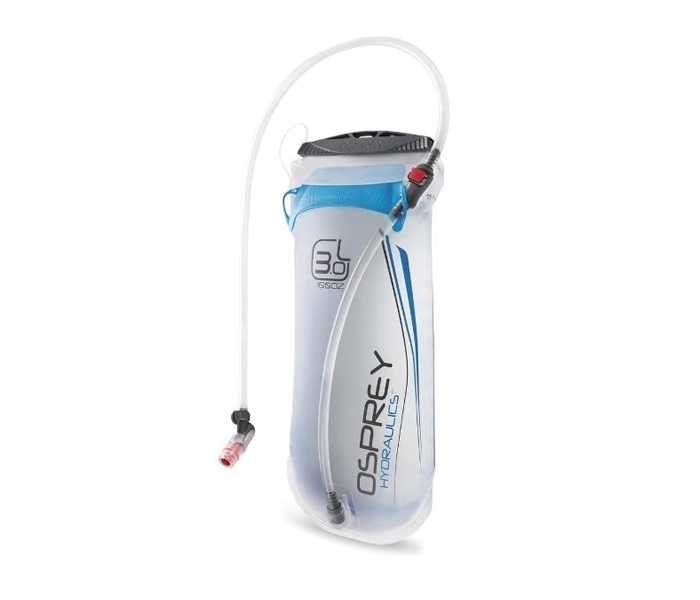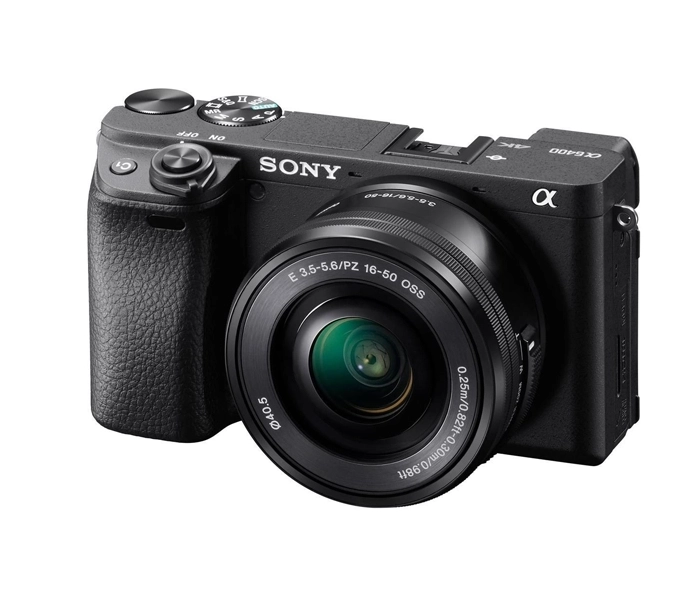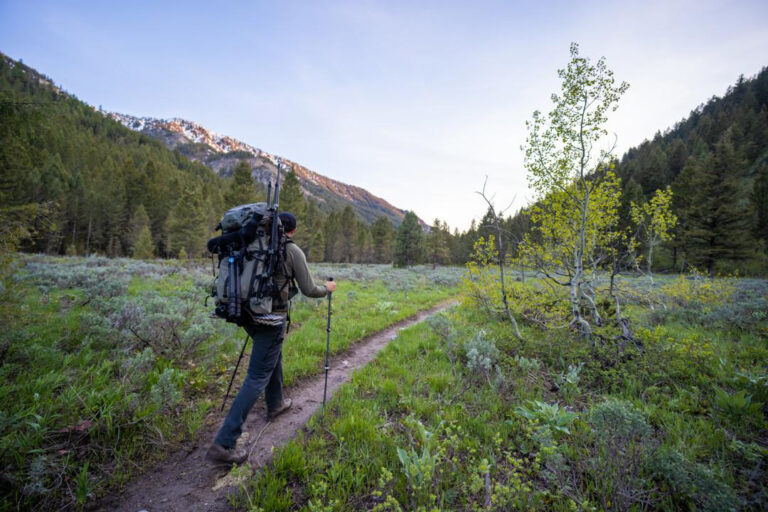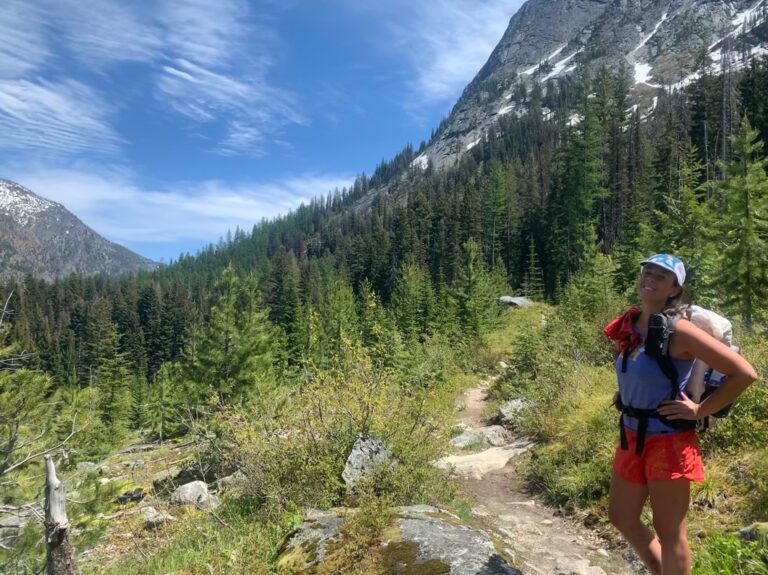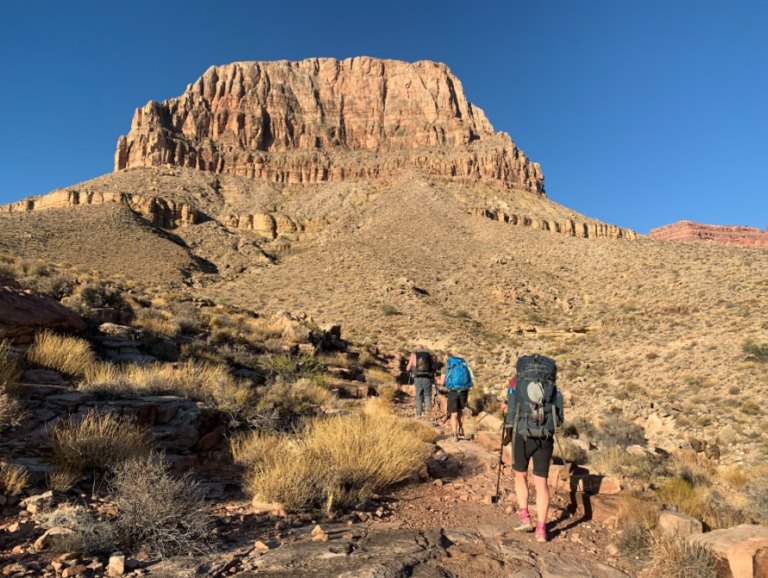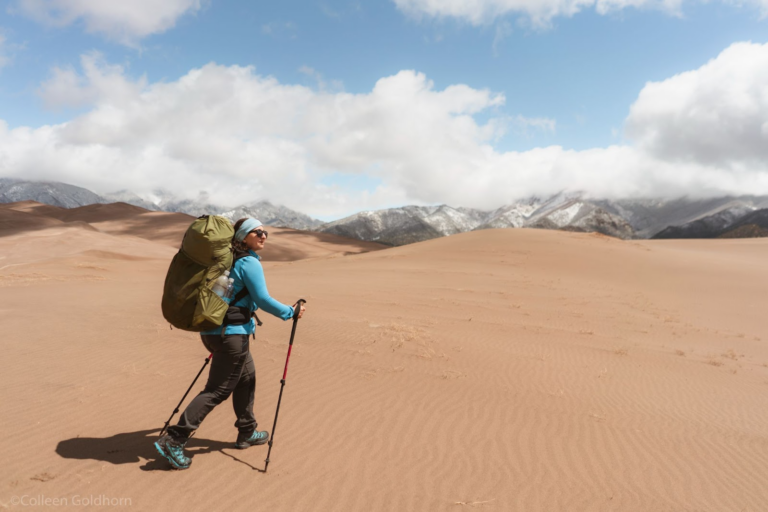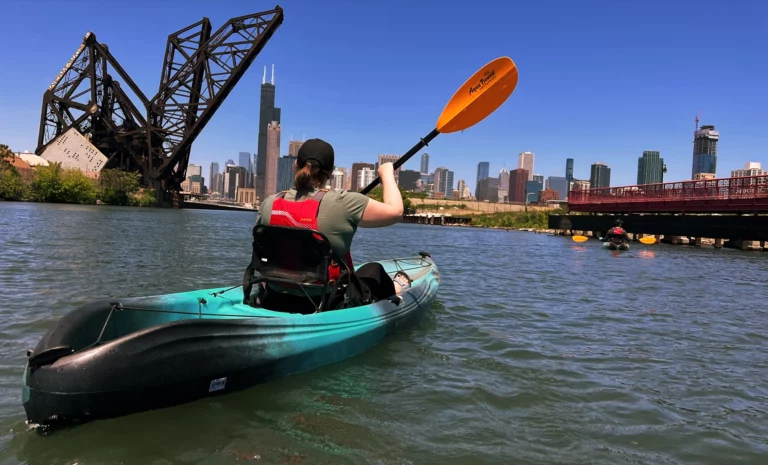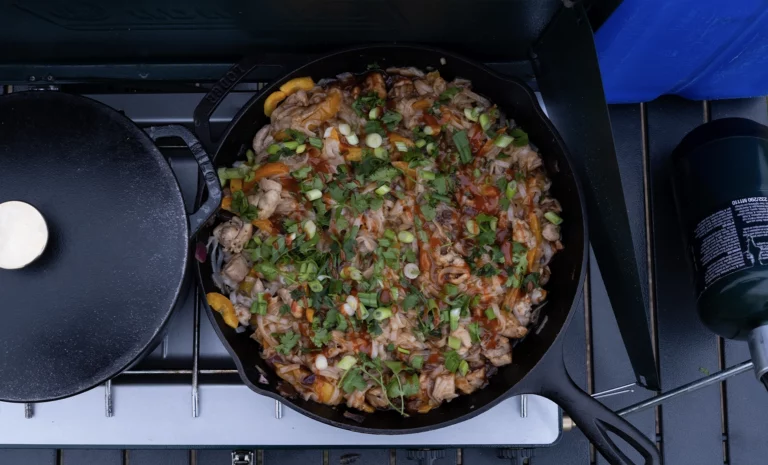If my ten year old self could see me now, I’m quite sure he’d remark something tersely akin to, “yeah, that makes sense.” Looking back the other way, I still see that kid so vividly. He was following his father and brothers out into the North Carolina woods, in the dead of winter, meandering along the Appalachian Trail.
One day in particular, he would come across these grizzled men, ice growing out of their beards, wearing backpacks the size of a young child, an unmistakable giddiness in their eyes. He was infatuated with these men, though he had no idea what he was looking at. All he knew was that whoever and whatever they were, he wanted to be that too. Of course, he’d come to find out they were thru hikers, braving the Smoky Mountain winter for one purpose only, to get from Georgia to Maine.
North Carolina, however, was only a yearly tradition. I grew up in South Florida. My outdoor excursions usually had to do with adventuring out into some sort of water, and on lucky occasions, the alligator infested Florida Everglades. Still, I dreamed of mountains and forests. Without knowing when or how, I knew I’d hike the Appalachian Trail one day. That premonition came to fruition in 2020.
When you ask people why they hike, you’ll get a plethora of responses. Some do it to get in shape. Some to heal from tragedy. Some to overcome addiction. Ask others, like myself, and we’ll smugly tell you we hike simply because we want to. This, of course, is a vastly oversimplified brush-off we say to people in passing. A deeper dive reveals our innocuous “answer” tends to unravel quickly.
I feel at home in the woods. I get to remember my childhood in the woods. I get to serenely ponder my future in the woods. I get to test myself in the woods and be scared in the woods. It’s easier in the woods. It’s harder in the woods. Suffice it to say, I hike for no reason at all, and every reason imaginable. Still, even with all that emotional and spiritual understanding realized, the practical and logistical side of a thru-hike is an ongoing saga every hiker deals with, no matter how seasoned.
The very first thing I learned about thru-hiking was that beginning the adventure, literally taking the first step, is hard. And for some, dare I even say most, it never comes to fruition. Launching face first into the wilderness is a daunting task, especially without the knowledge and wherewithal to back it up. At any point, tragedy can strike even the most experienced outdoors-person. So I wanted to make sure I gave myself the best possible chance for a safe and prosperous life in the wilderness.
When I decided to make hiking more than just a weekend pleasure, I set out on learning as much as I could. I took first responder courses. I read articles and watched videos outlining safe on-trail practices. I studied the flora and fauna. I spoke at length with weathered individuals who literally lived in the wild. And of course, the most important training tool of all, I put in my hours on the ground. I hiked every chance I got. Day hikes, weekend hikes, even twenty minute jaunts if that’s what the moment afforded. Whatever I could do to hone my skills as a hiker, I did it. And without hyperbole, it was the most thrilling and rewarding learning I’ve ever done.
Every trail is different, both in the challenges and rewards. They have an essence of their own.
Even within a single trail, there are a multitude of obstacles. The section of the Appalachian Trail located in elevation-rich Georgia presents different hurdles than in the jagged rocks of Pennsylvania. And “Rock-sylvania” offers different speed bumps than the vertical bear-crawling you have to do in Maine. If you’re tackling the Pacific Crest Trail, a twenty mile water-carry in the California desert is a different beast than battling the opposite weather in the Pacific Northwest. Getting specific with the trail you’ll be embarking on is essential.
That specificity, or course, leads us to gear. The old joke goes like this — a child sits his parents down for a serious talk. He says, “Mom, dad, I have something to tell you. I’m becoming… a long distance hiker.” Aghast, mom and dad turn to one another and remark, “Well, at least it’s a cheap hobby.” Clearly misunderstood by those not obsessed with the activity, hiking long distances can, and usually does, cost a lot. Some people are resourceful enough to make it work on homemade or hand-me-down gear. But they’re a rare crowd.
Early on in my hiking education, as I was climbing Washington state’s Mount Rainier, the volcanic behemoth heralded as the most heavily glaciated peak in the lower 48, I had a stark realization. To paint the scene: It was ten degrees. We were 14,000 feet above sea level and had been climbing for two days over shaky ladders that bridged crevasses plummeting hundreds of feet below. And there I was, using my roommate’s old European spring break style backpack that didn’t fit me. I wore rented shoes that weren’t sculpted to my feet, or even broken in. And I arrived at the mountain wearing cotton sweaters (which the outfitter strongly urged me to replace before heading out). So as the snow pelted down and we trudged on one labored step at a time, the realization was this — I decided there and then that mountains are hard enough to climb on their own, I do not need to make them harder by using subpar gear.
If I wanted this to be part of my life, (and from up on heavenly Rainier, looking down at the most glorious sunrise I had ever seen, I very much did), I would invest in the appropriate tools to make it a reality. I never questioned myself again when it came to spending money on gear. If it was appropriate for my journey, I got it. And coming from me, a person who literally wears t-shirts until they wither away on my body, that was a huge leap… my wife would say, in the right direction. Side note — my relatively lavish on-trail spending doesn’t actually translate to real life, I still dress like a pauper, much to my wife’s chagrin.
So what are these gear items I hold onto so dearly?
Let’s start with my vehicle, my shoes.
La Sportiva Wildcats are my all time favorite pair of shoes. I wear them on every hike. I wear them out to restaurants. I’m even wearing them as I write this. Shoes are personal, very personal. No one can tell you what’s going to work for you. All I can say is it took me a long time to find these and I’ll defend them to the bitter end.
My home on the trail is the Nemo Hornet 2P tent. The combination of this sturdy, light, easily-assembled tent mixed with Nemo’s outstanding customer service makes this tent a no-brainer for me.
Another Nemo item I treasure is my Disco 15 degree sleeping bag. There are few things in the world more comforting than a warm and cozy shelter at the end of a difficult and wet day on the Appalachian Trail. My Disco provides just that. Rounding out my love affair with Nemo is my Tensor sleeping pad. For me, sleep is key. Hiker midnight is 9pm and I want to be out by 9:01. Call me a priss, but I can’t ever get the z’s I need on a mat. And while you’re making fun of me all night long, I’ll be fast asleep dreaming of the next day’s adventures.
llness on trail is no joke. Sometimes you can do everything right and still find yourself hunched over. But if I can help it, it’s obviously in my best interest to do so. I filter all my water, no matter how clean I believe the source to be. And my Sawyer Squeeze with CNOC filtration system makes it way too easy not to. I’ve never had Giardia or any other illnesses typically associated with polluted water. I have to attribute that to my filter.
Where do I put all that clean delicious water? Straight into my hydration bladder of course. I use both the CamelBak and Osprey setup. I have to admit, not many long distance hikers use a bladder system like this, most simply have water bottles. And for the life of me, I cannot figure out why. These things are light, durable, and unbelievably convenient. I’ve used them since the early days, and I’ll continue on for a long time to come.
And finally, my camera. As a filmmaker I get loads of joy from documenting my experiences. Whether it’s for a movie, like my Appalachian Trail documentary series PACK & SOUL currently streaming on Documentary+ and Vimeo On Demand, or simply for me to have and cherish, I always carry my camera with me. It helps me slow down, breathe in the experience. Otherwise I have a tendency to blow right through the day without ever truly taking a moment to appreciate where I am. I currently use a Sony A6400, a wonderful combination of price point, durability, and quality.
More than anything, hiking is a community. Sharing experiences and information with one another is what it’s all about. Even when I walk out into the wilderness for months on end, hoping I don’t see another soul, I cherish the human connection. It’s what I found in my siblings on our childhood adventures. Or in the mystery thru-hikers with ice-cycle beards. They all shared their love and knowledge of the wild with me, and I couldn’t be more invigorated to share it with others.

